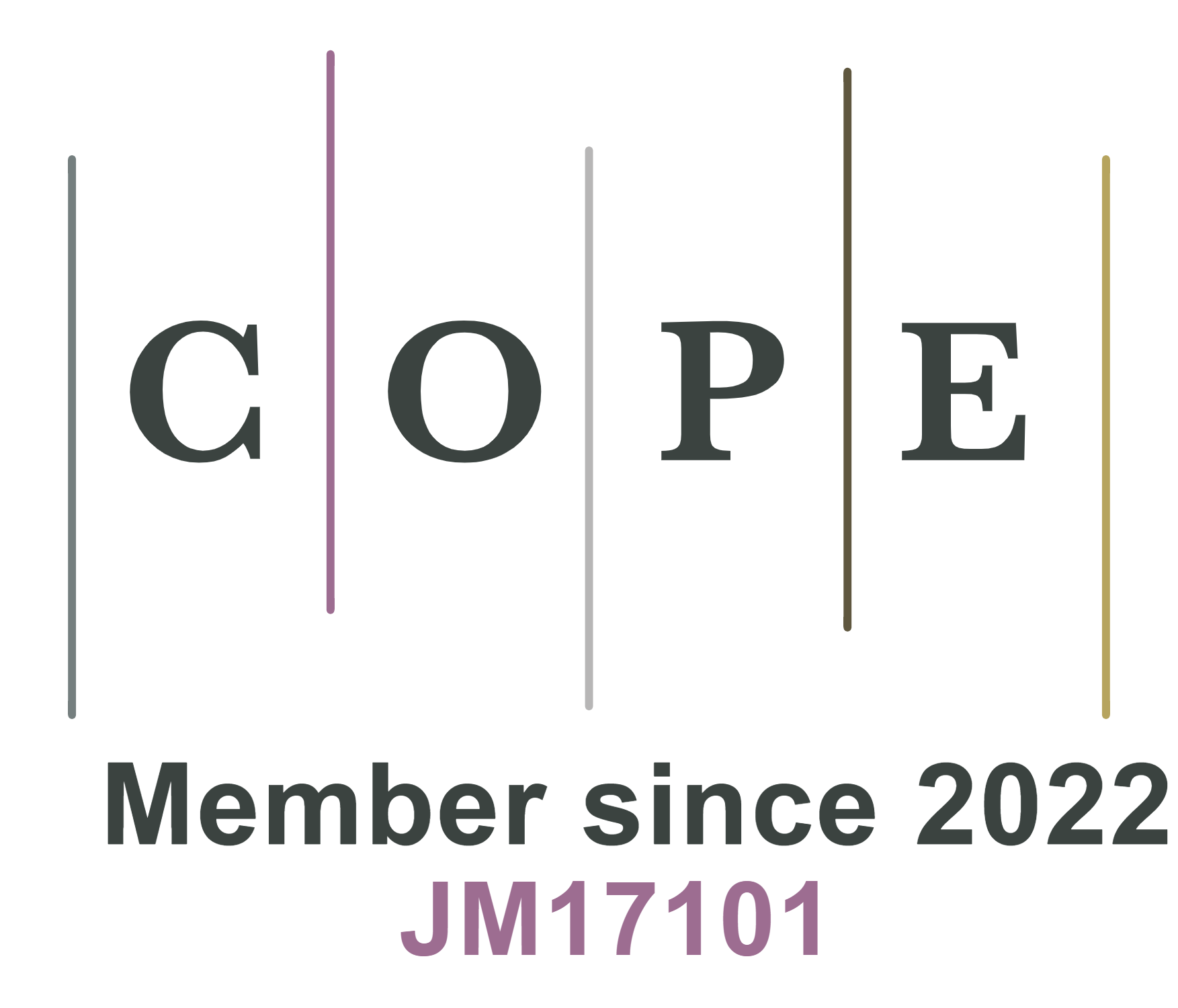fig6

Figure 6. Pros and cons of self-healing polymer electrolytes for safer LIBs: examples of different categories explored so far. (A) Gel polymer electrolytes using an ionic liquid plasticiser demonstrating good flexibility and self-healing behaviour of the ionogel membrane based on a hydrogen-bonded supramolecular copolymer network when cut and placed inside a Li/LiFePO4 button cell (reprinted with permission[83]). (B) Single ion conductive polymer electrolyte combining a lithium 4-styrenesulfonyl(phenylsulfonyl) imide (SSPSILi) unit for high Li-ion transference numbers and a quadrupole hydrogen bonding UPyMA unit for self-healing under different thermal and mechanical conditions, as shown in the optical images (reprinted with permission[84]). (C) Solid polymer electrolyte with self-healing capabilities enabled by dynamic disulfide and hydrogen-bonded polymer cross-links (reprinted with permission[85]).









